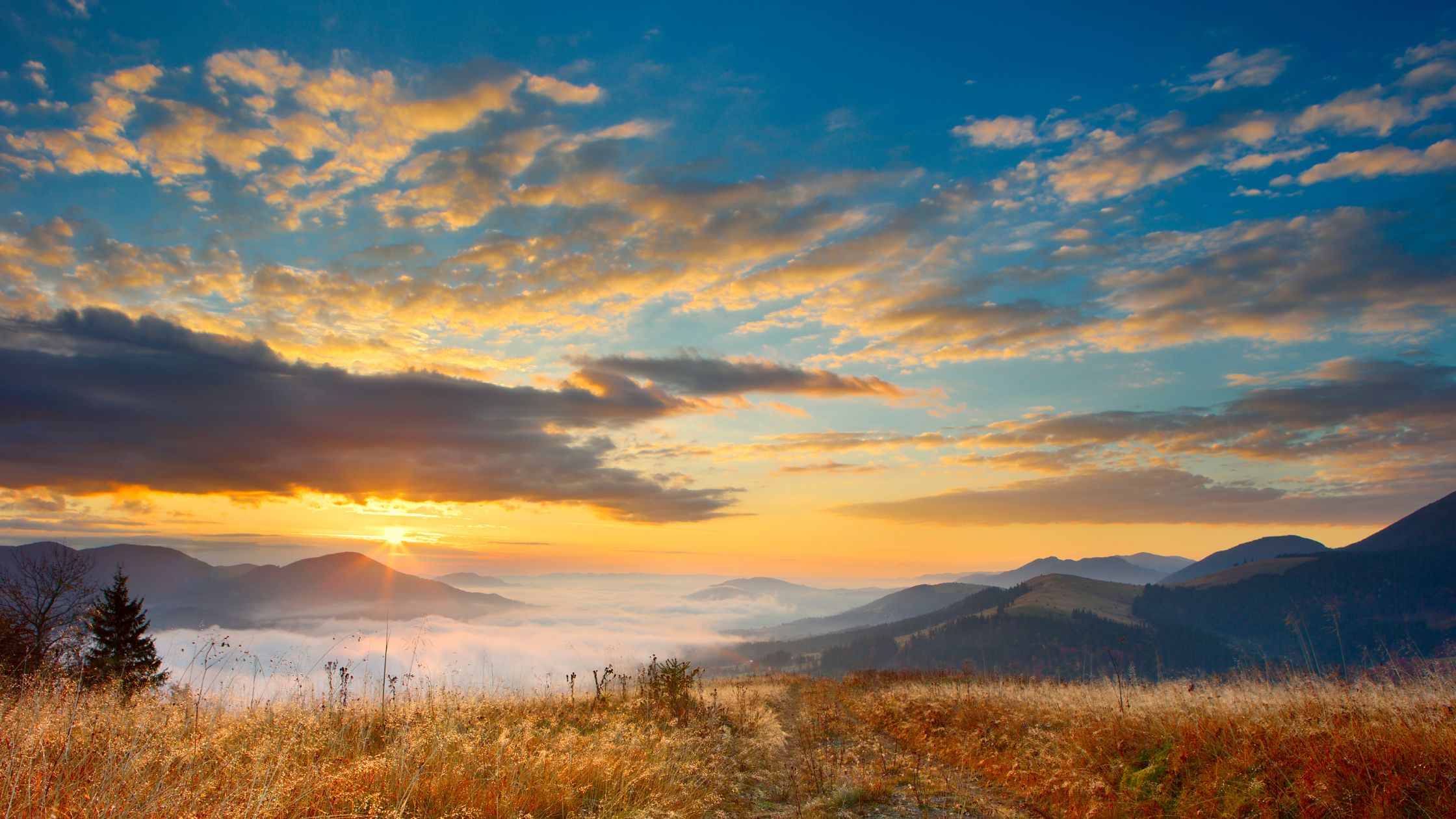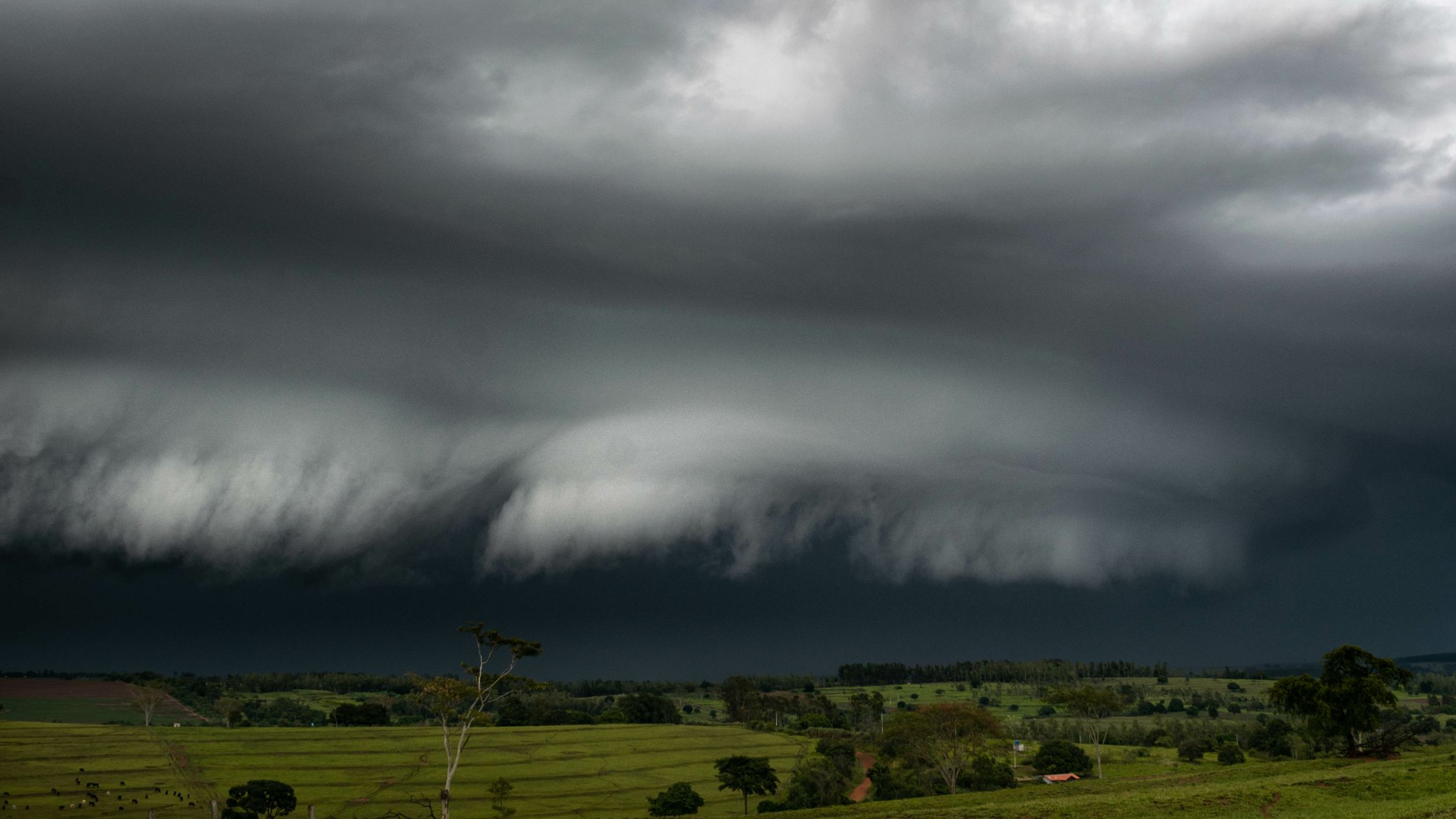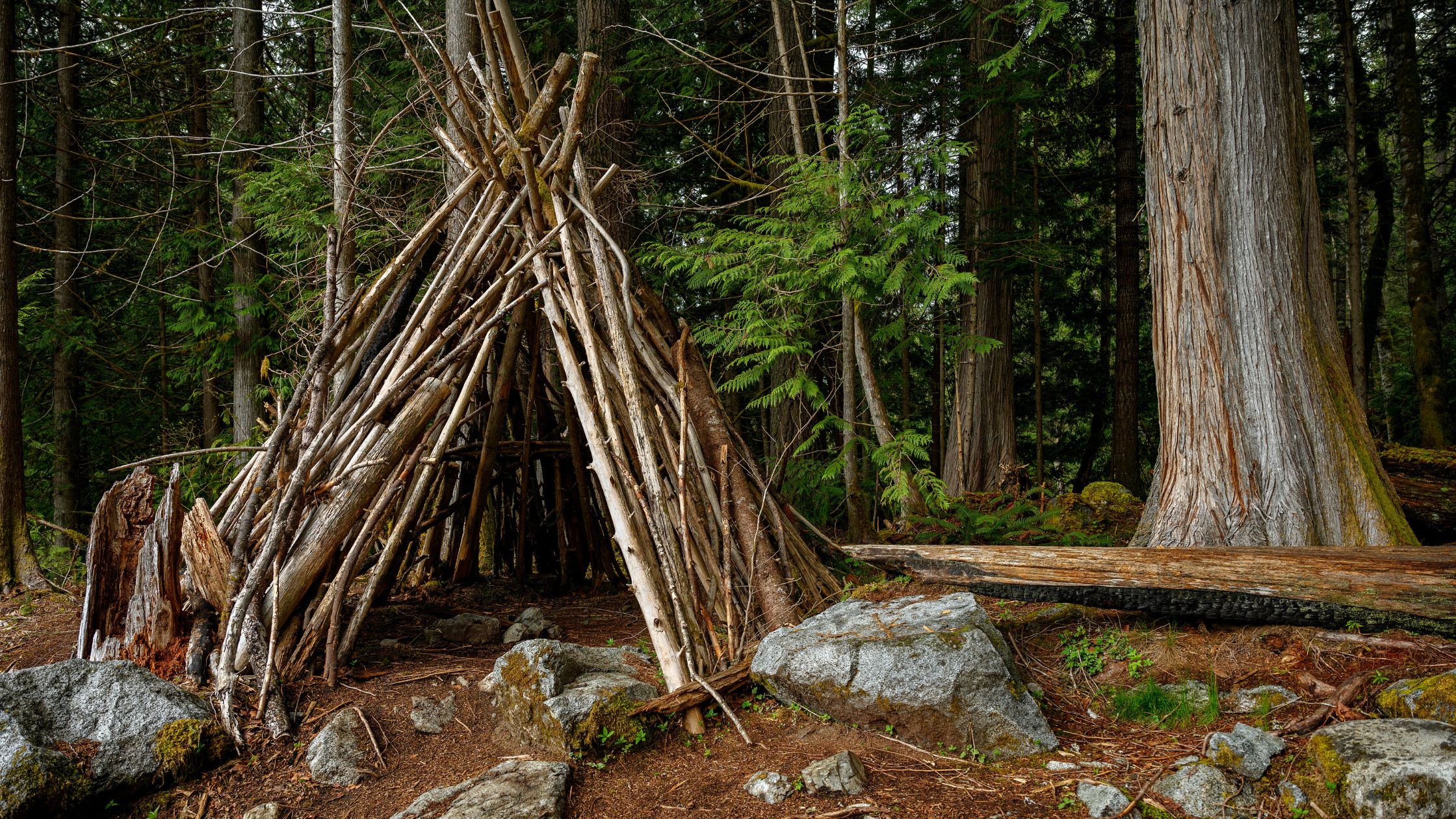Understanding and predicting weather patterns in your local area can help you make informed decisions and plan your visit on a day by day basis. Being able to read the signs that the weather is about to change can also help you escape getting caught in a rainstorm and give you notice to secure your property if the weather looks particularly inhospitable.
While local weather forecasts are usually suitable for your needs, learning about other ways to predict the weather and understand why natural phenomena happen. This practical guide focuses on applying simple steps you can take to be aware of your immediate surroundings so you can plan your activities in ways that complement the weather, and so you can be ready in the case your good weather goes awry.
Getting to Know Local Basics

Start by familiarizing yourself with the basics of meteorology, such as high and low-pressure systems, air masses, the water cycle, and fronts. Knowing this provides you with the foundation you need to interpret short-term weather forecasts and observations specific to your area. After you do this, look at trends for the months of the year in your area.
Use Local Weather Forecasting Tools
Take advantage of local weather forecasting tools such as websites, apps, and social media groups that share information on weather patterns near you. These resources provide real-time weather updates for your region, allowing you to plan your activities based on the latest forecasts. These tools are the most simple to use, and the nearer forecasts are reliable enough to make tentative plans.
Look at the Environment Around You
The weather can be accurately predicted by looking at natural indicators in your local environment. Looking at the clouds in the sky can help you predict whether there will be storm or shine, with the darker and thicker clouds being indicative of rain. Also, pay attention to the wind, as towering storm clouds are not a concern if the wind is blowing away from your property. However, sudden changes in wind direction can indicate an impending change in weather, such as incoming precipitation or a hot or cold front.
There are also other indicators you can look to in nature. Birds flying higher as the sky darkens or going silent, cows lowing, pets becoming restless, and flowers closing all indicate incoming rain or storms. Paying attention to the skies, plants, and animals can alert you to signs that it may be time to take cover and enjoy time indoors.
Seasonal Impact on Your Area
Recognize the influence of seasons on your local weather. Depending on where you live, seasonal changes may bring increased precipitation, colder or warmer temperatures, brighter or darker days, and the quality of the outdoor environment you wish to visit. Depending on the time of year, some areas may have more insects, fewer leaves, freeze over, or be prone to flooded or muddy terrain. Understanding these seasonal trends helps you anticipate what to expect during different times of the year.
Microclimates in Your Neighborhood
Explore microclimates within your local area—variations in weather conditions caused by factors like elevation, proximity to bodies of water, or urban development. For example, low-lying properties may experience different temperature patterns than those on higher terrain. Urban areas trap more heat than forested areas. Understanding your local microclimates allows you to take a general local forecast and judge what your temperatures, precipitation risks, and humidities may be.
Consider the impact of local topography on weather conditions. Mountains, lakes, and urban structures can influence wind patterns, temperature gradients, and precipitation levels. In some more mountainous areas, one side of the mountain range may be rainy, and the other sunny. Pay attention to how these local features contribute to the unique weather patterns in your area.
Observing Weather In Real Time

Regularly check local weather maps that provide detailed information on temperature, humidity, and precipitation at a smaller scale. Interactive maps can help you visualize and understand the specific weather phenomena in your local area.
Using real-time satellite and radar imagery to keep track of your local area can give you several hours’ notice before a storm arrives, and can tell you how much cloud cover there is, what the speed of the wind is, the amount of rain you can expect, and if there is hail or lightning present in a storm system. This information can help you decide whether you plan outdoor activities, prepare for a sudden downpour, or shelter in place and protect outdoor belongings.
Being Aware of Severe Weather
Pay attention to any severe weather warnings. Local weather authorities often issue alerts for thunderstorms, heavy rain, or other adverse conditions. Receiving these alerts better prepares you to ensure your and your property’s safety during rapidly changing weather.
Maintaining a Local Weather Journal

While not necessary, keeping a weather journal to record daily observations on your property, temperature ranges, and any unusual weather events specific to your area can help you create a solid point of reference. With a local weather journal, you can recommend timeframes where your property is most pleasant, and you can even recommend activities tailored to the seasons in the journal, leaving it public for your guests to see. Over time, this journal will be a valuable resource for understanding the broader regional climate and your microclimate.
Lasting Advice
Navigating weather patterns in your local area over a small time frame involves applying your knowledge of natural phenomena to your immediate surroundings. By using local forecasting tools, observing microclimates, considering topographical influences, and looking at the environment around you, you can gain a practical understanding of the weather in your locality. This approach allows you to make informed decisions, create recommendations for your guests, and adapt to the ever-changing conditions in your local area.






